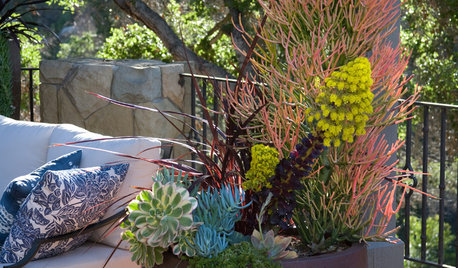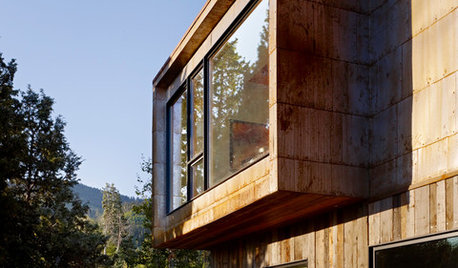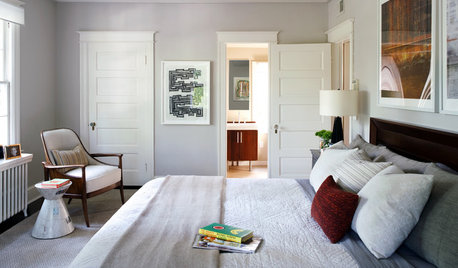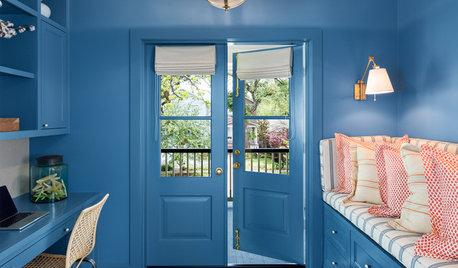single or twin-skin for mild climates?
banyan
14 years ago
Related Stories

FARM YOUR YARDIf You Have Room for Only One Fruit Tree ...
Juice up a small garden with one of these easier-care or worth-the-effort fruit trees for a mild climate
Full Story
FALL GARDENING12 Fabulous Fall Container Gardens
Celebrate the season with potted displays rich in color and texture
Full Story
MODERN ARCHITECTUREDesign Workshop: Modern Metal Shingle Style
Steel, copper and zinc shingles take siding to new heights, with less maintenance than their wooden cousins
Full Story
GARDENING GUIDES10 Drought-Tolerant Shrubs That Thrive in Full Sun and Reflected Heat
Got a hot spot in your garden where plants often die? Try these tough shrubs that add beauty while shrugging off the heat
Full Story
BEDROOMSHow to Choose the Perfect Bedsheets
Don't lose any shut-eye over scratchy or ill-fitting sheets; our mini guide to materials, thread count and fit will help you sleep tight
Full Story
GARDENING GUIDES8 Plants That Snobs Love to Hate — and You'll Love to Grow
Don't dismiss these common annuals, perennials and shrubs — there are reasons they've been popular for so long
Full Story
GARDENING GUIDESGreat Garden Combo: 3 Wonderful Plants for a Deer-Resistant Screen
Protect your privacy and keep deer at bay with a planting trio that turns a problem garden area into a highlight
Full Story
SPRING GARDENING7 Spectacular and Practical Spring-Flowering Trees
Put on a beauteous show in the garden with a landscape tree awash in flowers — just do your homework first
Full Story
DECORATING GUIDESNew This Week: 2 Rooms Bursting With Blue
Forget pops of color. These new projects on Houzz feature spaces virtually drenched in bold color to create an unforgettable look
Full Story
GROUND COVERSNative Alternatives to English Ivy, Japanese Pachysandra and Periwinkle
These shade-loving ground covers are good for the environment and say something about where you are
Full StoryMore Discussions







eurotrash
Dan _Staley (5b Sunset 2B AHS 7)
Related Professionals
Brentwood Landscape Contractors · Lakeland Landscape Contractors · Surprise Landscape Contractors · Biloxi Landscape Contractors · Broomfield Landscape Contractors · Farmington Landscape Contractors · Hurricane Landscape Contractors · Little Ferry Landscape Contractors · Mount Kisco Landscape Contractors · Pleasant Prairie Landscape Contractors · Saint George Landscape Contractors · Shaker Heights Landscape Contractors · The Villages Landscape Contractors · Wethersfield Landscape Contractors · Hemet Solar Energy SystemsbanyanOriginal Author
oilpainter
banyanOriginal Author
oilpainter
garyfla_gw